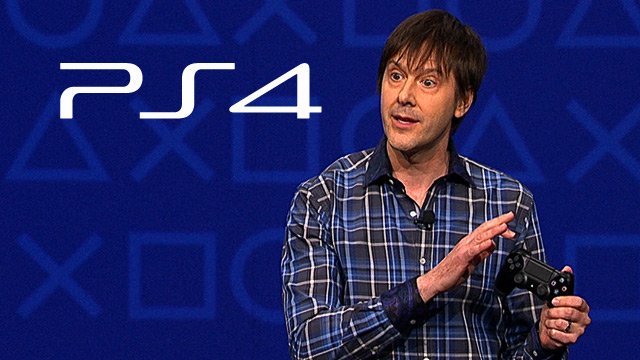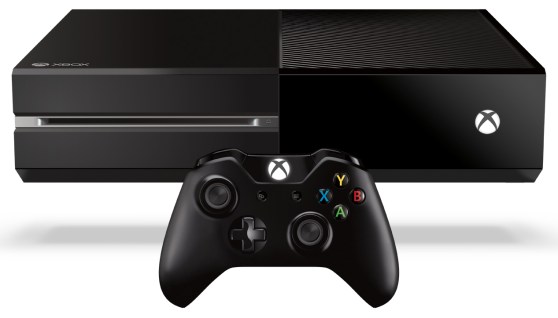This post has not been edited by the GamesBeat staff. Opinions by GamesBeat community writers do not necessarily reflect those of the staff.
The gaming industry is going to enter the eighth generation of consoles this month, but it may be better to wait before wasting your hard-earned money on a product that will probably be defective.
Like all new technology, the first models will suffer from software glitches because the development team was under pressure to release them on the market around the same time as the competition. Looking back at past trends and current problems in the industry provides a strong case for waiting to purchase these systems.
Xbox gamers will recall the early days, when some of the first models of the Xbox 360 had a defective disc reader. This flaw resulted in a circumferential scratch on the disc that rendered it unusable. It was discovered that some disc drives lack a mechanism to secure the disc solidly in place.
If an Xbox 360 owner was lucky enough to have a proper disc reader, then he risked facing a hardware problem that resulted in the system crashing and the console becoming inoperable: the Red Ring of Death. Affected gamers had to mail their defective console to Microsoft to have it repaired. Microsoft never officially revealed what caused the Ring of Death, but speculation was that it was either a central processing unit (CPU) failure or the use of a poor-quality solder.
Meanwhile, the first models of the PlayStation 3 had hardware that was difficult for developers to work with, which resulted in fewer games being released at launch. Also, the new software was incompatible with so many PlayStation 2 games that the feature had to be abandoned in the slim models.
Back when PlayStation 2 dominated the market after the failure of the Dreamcast, the first models had a disc reader that would wear out and result in the system being unable to read any disc inserted into the console. Sony offered to fix the disc reader and provide a free game while some retailers offered a trade-in for the new PS2 slim.
So has the game industry learned how to minimize potential hardware failures? Of course not! The market has grown so that highly anticipated games will compete and outperform movies at the box office. However, the industry is under such great pressure to move products that testers may overlook serious hardware flaws.
Rumors have emerged that there may be major problems with the Xbox One’s operating system and that Microsoft will be unable to resolve it in time. Adding to the speculation are several games journalists claiming that Microsoft is allegedly pressuring them to not publish reviews until after the official launch.
Supporting the rumors is the fact that Microsoft had to redesign the Xbox One after its Orwellian features and draconian style of digital rights management (DRM) caused an uproar in the gaming community. The system had been in development since 2011, but after its controversial unveiling, the development staff had eight months to remove the unpopular features and ensure the console could function properly. Hence, it’s very likely that gamers might experience major system problems with the first models of the Xbox One.
On a smaller scale, there have been countless examples of how ill prepared the industry has been for highly anticipated launches. Most of these nightmares have been in the last few years.
The most recent example would be last month’s launch of Grand Theft Auto Online, which suffered from technical glitches on day one of its release. Due to system problems, gamers were unable to play the game, and the few that could ended up losing their characters after developer Rockstar fixed the glitch.
In March 2013, Electronic Arts had major problems with the release of Sim City. The game suffered from gameplay glitches while server crashes made it unplayable for a weekend. Worse is that the DRM required players to be connected to a dedicated server even if they were playing the single-player game. This contributed to EA being voted “Worst Company in America” by The Consumerist readers for the second year in a row (beating Bank of America).
That pales, however, to how ill prepared Blizzard Entertainment was with the highly anticipated PC release of Diablo III in 2012. After a decade in development, the game suffered from major glitches when players tried to create a profile and was followed by multiple server crashes. Blizzard underestimated how well the game would sell. Even though Diablo III was a major hit, its success was overshadowed by its disastrous launch.
The first models of the PlayStation 4 and Xbox One are going to have some major problems while later models will have those resolved. It’s better to wait until they do rather than have a system crash just as you’re about to play a brand-new game.


